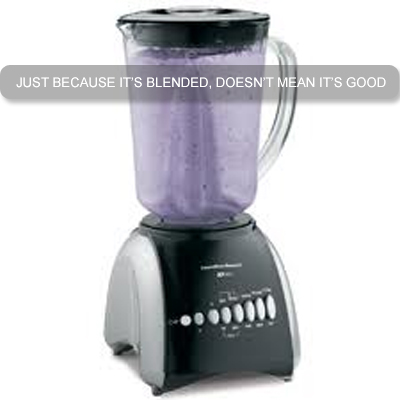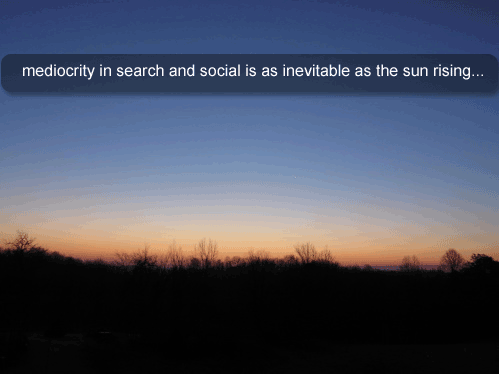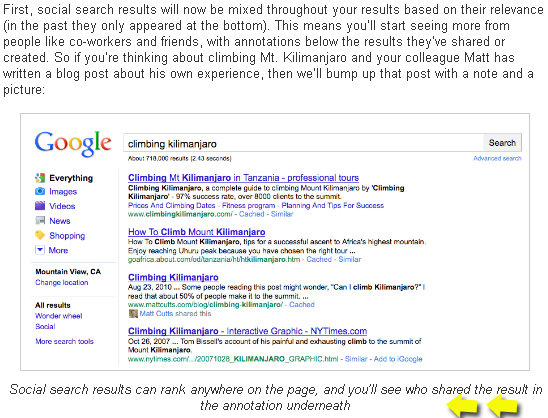
I’ve been somewhat neglecting the blog over the last few months but I have a good excuse er… reason. Others are getting my good content. Or maybe I should just say they are getting my content, whether it’s good or not, well that’s in the eyes of the reader now isn’t it?
Being a content producer is brutal, it’s hard and it never ends. And yea, it sometimes it sucks. Why? Because content, in and of itself, is constantly being redefined and producing it is constantly a challenge. Content for the consumer, is like Crack, the more one gets, the more one wants. Good content keeps raising the bar for all content producers. Why? Because we all have to strive and push out something that will a) trump what was pushed out before, b) be consumed on a large scale and c) in a sense, hopefully will go viral. Let’s use an Olympic analogy. Once you score a 10, you’re expected to score another one. When you don’t, we maybe wait and see if you can repeat and when you don’t, we maybe ask why and then, we look elsewhere.
The flip side? Like Crack, a users expectations are raised. The tolerance levels rise. The need for more and better increase. No longer is average content acceptable. What make’s this further frustrating is that, as the producer of content, you no longer can control the quality. It’s no longer up to you. You might think it’s good, but it’s really not up to you. It’s up to them.
Thus, just like the old adage or statement that “we’re going to create a viral video” is equal parts foolish and unattainable, thinking your next piece of content is going to rock them, well, it’s out of your control.
At the end of every business day on the web, the bottom line is that content churns the machine. It’s what keeps companies and organizations in the public eye. Sometimes though, the content that keeps you in the public eye, isn’t produced by you, and isn’t necessarily how you wanted to be in the public eye. That’s the dark side. Content is everyone’s friend and everyone’s enemy. Why? Because good content isn’t always about the positive. Content, the good stuff, the reason why we fire up the computer every day, can be all about the bad stuff.
And…content is not abating, it’s not subsiding, and it’s not morphing into something we can control, not even close and not any time soon. It’s not like there’s this rhythmic beat to the content that’s created and the content that is consumed. Why? Pretty soon, (in less than five years) everyone will have a smart phone AND a tablet device. The desktop as we know it, will be dead soon. Which means what?
Multiply the ability to consume what is created times two or maybe three. As device proliferation increases, so does demand for sites, apps, content curators and content creators. Like rabbits and mice, demand and creation will explode exponentially.
So I’m telling you right now, creating, collecting and curating content is damn hard. Additionally, just because you have resources and access to Google or Bing or Yahoo or whatever, it doesn’t mean that you know what will work for your company or a company when it comes to compelling content that will drive eyeballs and sales. You can test, but at the end of the day, you have to ask yourself, if you sell soap for example-What content are you going to create that is going to increase the sales of soap?
Here are a few questions you need to ask:
- Can the intern help you with good content? Initially, probably not. But if you can nurture them into the position of “content beast,” that would be great but it takes time. This of course would mean that you understand what works and what doesn’t.
- Can’t we just automate the process? So that means you’re just going to pull in everyone’s RSS feeds? Or does that mean you’re just going to scrape good content from others? Either choice is not a good one. Though I’m a proponent of supplementing one’s own content with perhaps a national feed, it’s not a good idea to push the content of others. Why? Well, where’s the value? Where’s the reason to come back every day?
- How well do you know what your customers want? Why? It takes knowledge and an understanding of your customers, what your customers search for and why exactly, are they your customers in the first place. Once you conquer that, then you start to understand the difference between search and intent.
- Does it matter if your brick and mortar customers are online? It certainly helps. Remember, that the first entry point for most people is not through the browser bar but generally through search and invariably through Google-which then heightens three things: one, is the quality of your content, two is the quality of your SEO and three is your “socialness.” Invariably though, your customers may start online before they walk in the door.
- Does it matter that your customers are social? It helps but what do you think? If your customers are social that might mean they are digitally savvy and digitally demanding. Don’t deliver and suffer the consequences.
- What will it take to create and curate compelling content? In a nutshell, you have to test what works and what doesn’t. This is where a solid analytics package comes into play. You have to know what drives traffic and what get’s clicked on and what doesn’t.
- Can we outsource it? You can but you risk putting what you’ve known and what you’ve built into someone’s hands who doesn’t really know you, your product or your customers. You may get lucky and find someone who plays in the same space but it takes some vetting to find that company or person.
So what’t the over-arching theme or point here? As we hurdle towards 2013 and beyond, the proliferation of devices and platforms means that consumers are going to continue to demand content that “fits” them. As well, that content not only needs to fit their niches and demands but it also needs to be accessed at anytime and anywhere. If it doesn’t, they are gone. Which means, if you’re not delivering the optimum digital experience, then you lose. It will start and end with the content you create and curate every day and every night. If you don’t get it right, chances are that your competition will.











